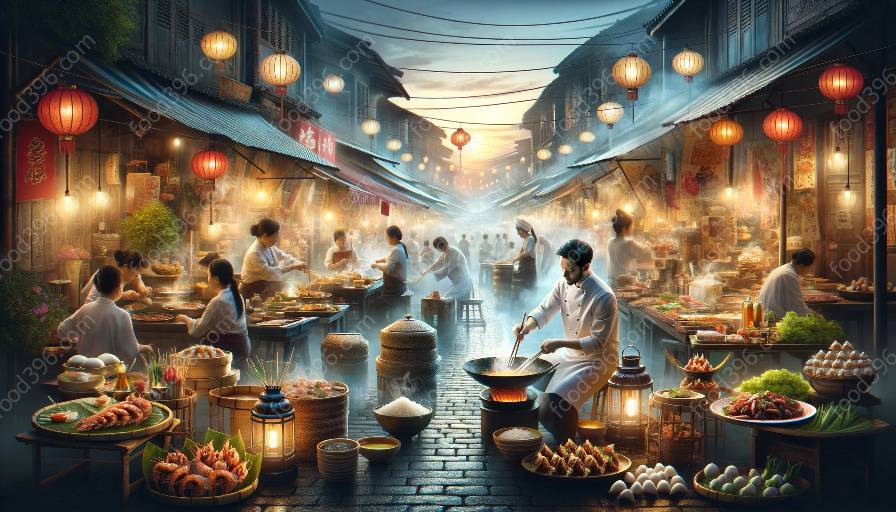For centuries, Sri Lankan cuisine has been shaped by a mix of influences, resulting in a vibrant and varied culinary tradition. From its indigenous roots to the impact of colonial powers and regional trade, the history of Sri Lankan cuisine is a fascinating tapestry of flavors, ingredients, and cultural traditions.
Indigenous Roots
Sri Lankan cuisine has deep indigenous roots, with a rich tradition of using local ingredients such as rice, coconut, and an array of spices. The use of rice as a staple food and coconut in various forms, including coconut milk and grated coconut, has been a cornerstone of Sri Lankan cooking for centuries. The island's fertile land and favorable climate have also contributed to the abundance of fresh fruits, vegetables, and seafood in the local diet.
Cultural Influences
Sri Lanka's strategic location along the historic spice route has made it a melting pot of culinary influences. Over the centuries, the cuisine has been shaped by Indian, Dutch, Portuguese, and British influences, resulting in a diverse and eclectic food culture. Indian flavors, particularly from the neighboring state of Tamil Nadu, have had a significant impact on Sri Lankan cooking, with dishes like curry, roti, and various chutneys becoming an integral part of the culinary repertoire.
The colonial powers, including the Dutch and Portuguese, brought with them new ingredients such as tomatoes, chilies, and potatoes, which were incorporated into local dishes to create unique fusion flavors. The British influence introduced tea, which is now an important part of Sri Lankan culture and cuisine.
Traditional Dishes
One of the most iconic dishes in Sri Lankan cuisine is rice and curry, a flavorful and aromatic meal comprising a variety of curries, sambols, and accompaniments. The use of spices such as cinnamon, cardamom, cloves, and fenugreek adds depth and complexity to Sri Lankan curries.
Hoppers, a type of pancake made from fermented rice flour and coconut milk, are another beloved Sri Lankan dish. They can be served plain or with a runny egg in the middle, known as an egg hopper.
String hoppers, a delicate noodle made from rice flour, are commonly eaten for breakfast or dinner, either with a coconut sambol or curry.
Influence on Asian Cuisine
Sri Lankan cuisine has had a significant impact on the wider landscape of Asian cooking. Its use of spices, particularly in curry blends, has influenced neighboring countries such as India and the Maldives. The concept of rice and curry, a staple of Sri Lankan cuisine, has also transcended borders and influenced the way rice-based meals are enjoyed in other parts of Asia.
Today's Culinary Landscape
Today, Sri Lankan cuisine continues to evolve, blending traditional flavors with modern culinary techniques. The island's culinary landscape is also being shaped by a growing interest in sustainable and organic farming, as well as an increased focus on showcasing the diversity of regional dishes.
With its rich history and diverse influences, Sri Lankan cuisine remains a vibrant and integral part of Asian culinary heritage, offering a tantalizing array of flavors, textures, and aromas that continue to captivate food enthusiasts around the world.

